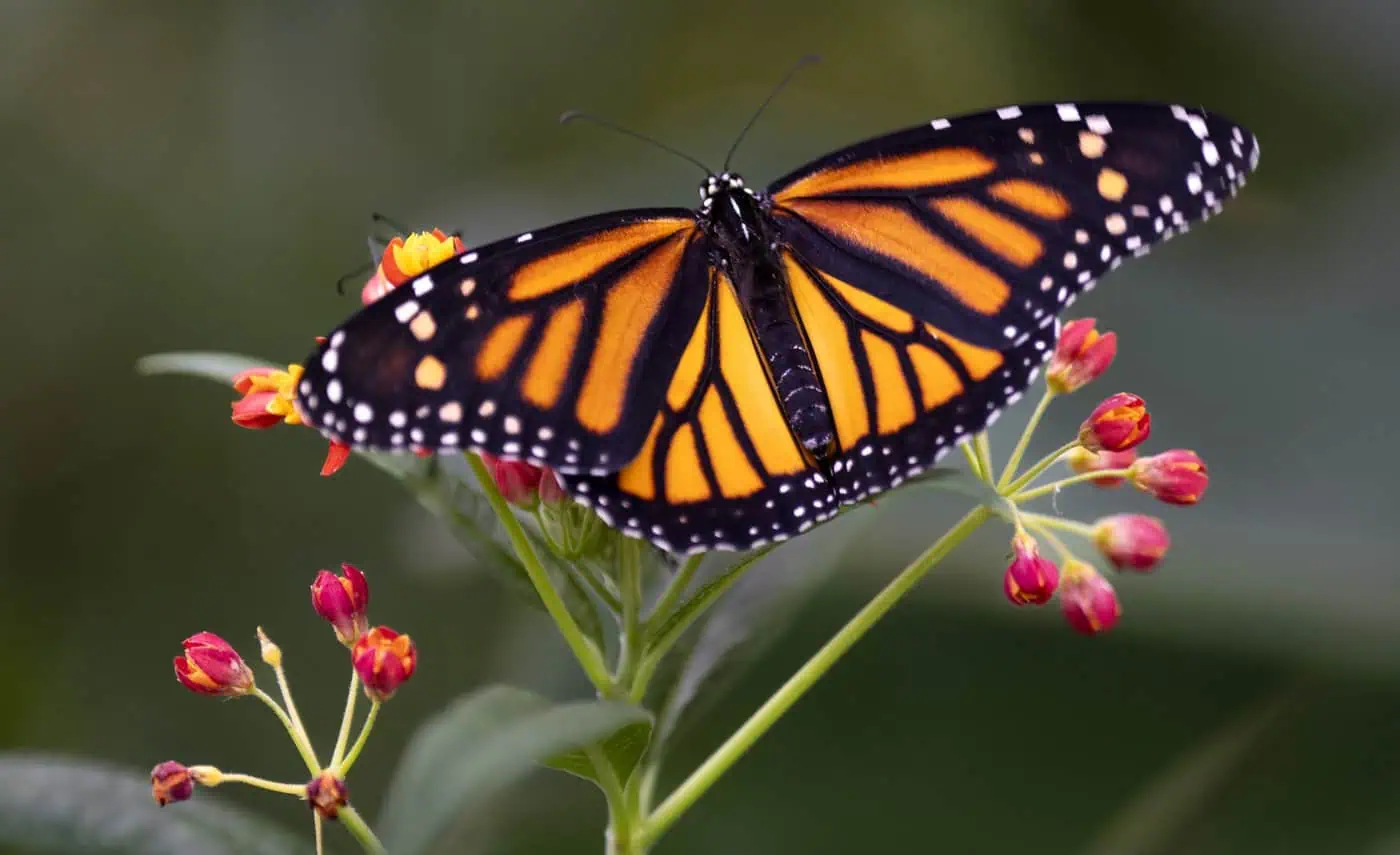A new study is urging Canada, the United States, and Mexico to launch a co-ordinated rescue plan for the monarch butterfly, warning that the species is at risk of extinction after its population plunged by 80 per cent over the last two decades.
The research, published in Current Biology, says the eastern monarch population now numbers fewer than 40 million butterflies — a dramatic fall from the average of 300 million seen in the 1990s. The ideal conservation target is around 132 million.
“The numbers are alarmingly low,” said Ryan Norris, a biology professor at the University of Guelph. “Any catastrophe in Mexico could wipe out the entire eastern population.”
Monarchs, known for their striking orange-and-black wings, migrate thousands of kilometres between Mexico, the U.S., and Canada every year. Their survival depends heavily on milkweed plants, the only food source for monarch caterpillars. But more than a billion milkweed stems have been lost in North America due to agriculture, pesticides, and habitat destruction.
The study calls for $150 million over five years — primarily in the U.S. Midwest — to restore milkweed and safeguard migration corridors. Researchers say without such investment, conservation efforts already underway will fall short.
Environment and Climate Change Canada says it has invested $10 million in 79 projects since 2017, securing more than 4,300 hectares of habitat and improving another 4,900. While these efforts have shown promise, experts argue that a tri-national strategy is vital to prevent monarchs from disappearing.
“This is such an iconic butterfly,” Norris said. “If we lose it, millions will regret not having done more.”

